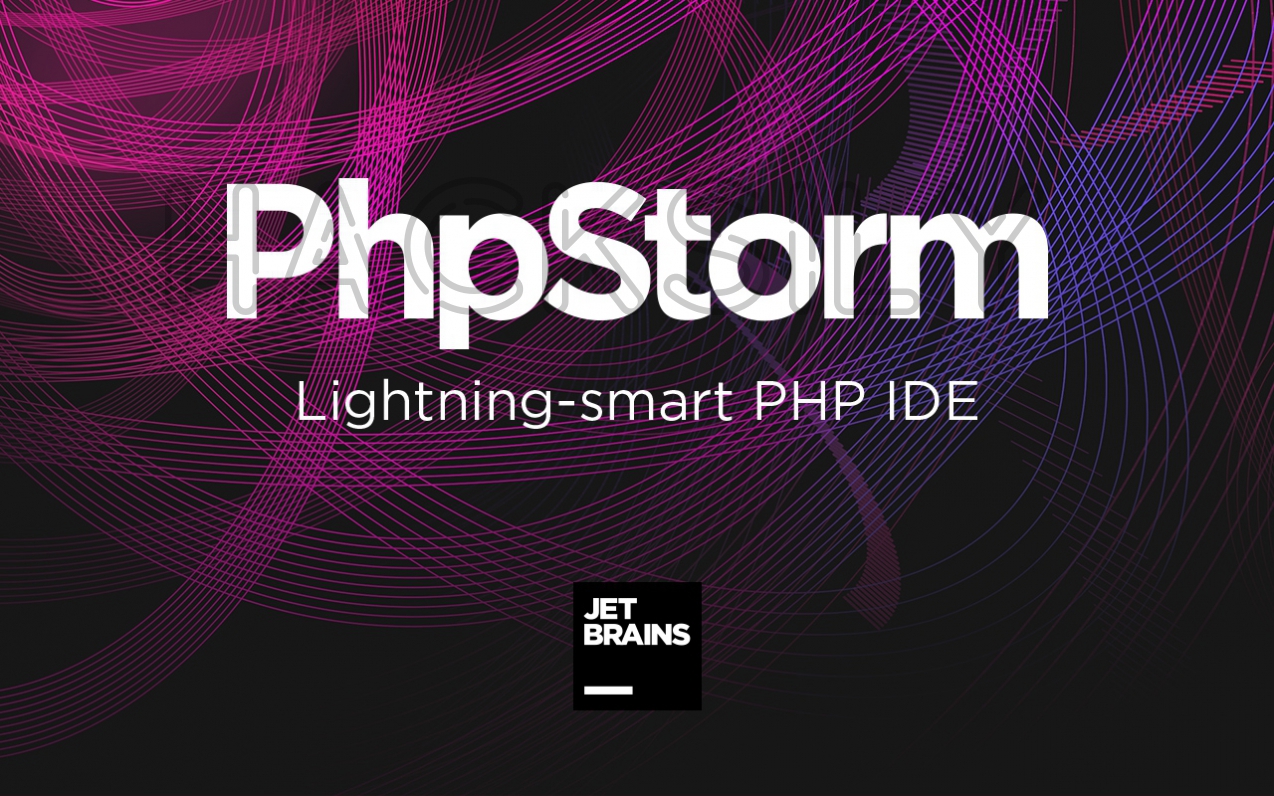

Run these two commands in shell: printf '#!/usr/bin/env sh\nflatpak-spawn -host node > ~/flatpak-nodeįile > Settings > Languages & Frameworks > Node.js and NPM (or TypeScript)Īnd set the Node Interpreter to ~/flatpak-node. However, there is a way to get around this, by having flatpak run the host binary using the flatpak-spawn.ġ. Here are some npm packages I use with PHPStorm :ĭefinitely use webpack-dev-server Here is how to install this great automation npm package.Flatpak is sandboxed, so it cannot directly run anything that is on the host, outside of the user's home directory. Npm install postcss-simple-vars postcss-nested autoprefixer -save-devĪll these packages come from - you can search there for a package you are interested in.įor example if something happens to our PC (some sort of a crash), we can always recover our project by cloning the project from GitHub ( learn how to use GitHub and Git with PHPStorm IDE) and after cloning the project - the package.json file (the resipe of our project) will be inside and after typing in the terminal npm install all of the npm packages will be installed/recovered again! Great! :-) or install couple of necessary npm packages separated by space: Here is another example (installing normalize.css): In this case lodash is the name of the package. Next, to install an npm package type in the terminal: Npm's file package.json is kind of a recipe/grocery list of our project with npm packages dependencies you are installing.

It will also create package.json file with the dependencies information. In your project folder this will create node_modules folder with all the packages you are installing. Then, in your project folder by using PHPStorm's terminal (or the Window's cmd) you need to initialize npm. Firstly you need to install node.js on your PC (download from HERE) To check whether it is installed properly, you will need to check node js version in cmd (or in PHPStorm's terminal) by typing:


 0 kommentar(er)
0 kommentar(er)
